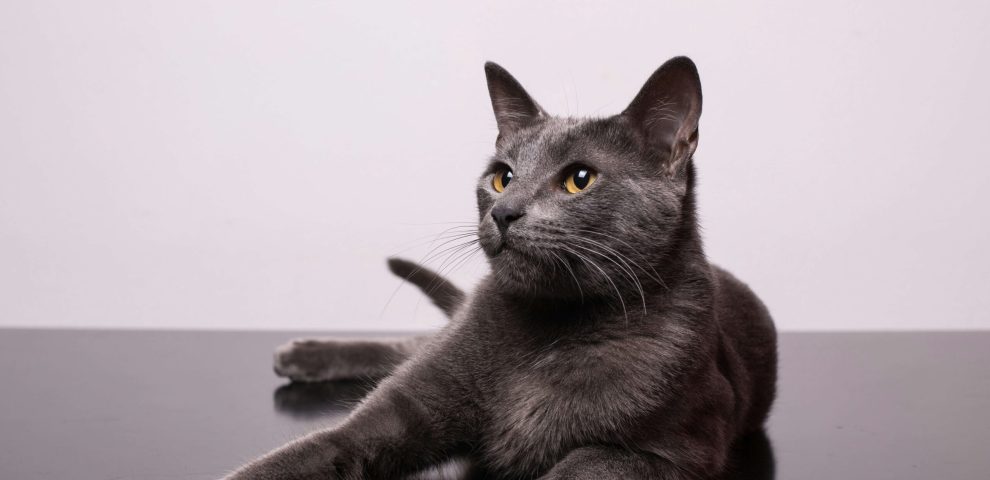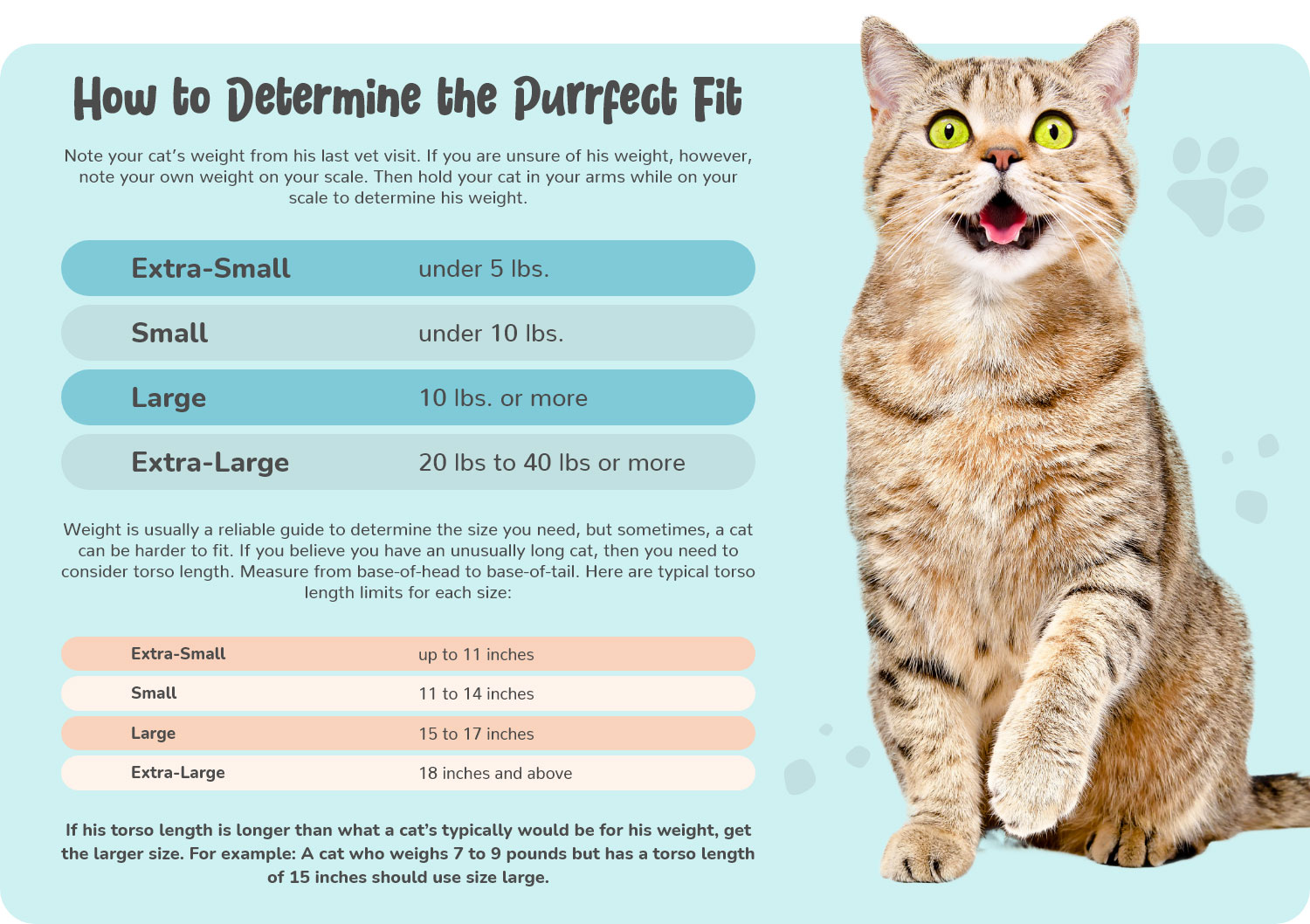Fast, Free Shipping in 1-3 Days on all US orders
Fast, Free Shipping in 1-3 Days on all US orders

Ever wondered what your cat was thinking? You’re not alone! Cats’ communication is largely non-verbal, making their moods and behaviors tricky for their humans to interpret. But cats really aren’t that mysterious – you just need to know the signs to look out for! Tail movements, eye movement, and body posture can all give you major insight into how your feline is feeling. Understanding the meaning of cats’ body language is also key to a better relationship with your feline, because you can recognize these emotions and respond accordingly!
Eyes, ears, body, and tail are all key cat body language indicators. However, it’s important to remember that their body language can be subtle and complex. For example, a raised tail could indicate a playful mood, confidence, or even aggression. You can learn how to identify the meaning of your cat’s body language by putting all the signals together.
Happy and content cats are usually the easiest to recognize – even if you’re not a body language expert. They may appear relaxed or sleepy, whether they’re lying down or sitting upright.
Learning cat body language and its meaning is about more than identifying mood; it’ll help you better support their needs, which can improve their overall health. Understanding scared or anxious cat body language is especially important. It’ll allow you to prevent anxious behavior before it occurs, alleviate their discomfort, and prevent behavioral issues from developing. Besides hiding in a safe spot, these are other signs of a scared or anxious cat:
The meaning of anxious and scared cat body language can slightly vary, particularly when it comes to their tails. A scared cat might hold their tail up in a rigid position. Their fur also usually stands up. Meanwhile, an anxious cat will often keep their tail very low or even tucked.
Does your cat have watchful eyes or look like they’re ready to pounce? They might want to play! Other signs of a playful kitten or adult cat include:
Understanding the meaning of your cat’s body language can be difficult, especially depending on the feisty feline and situation at hand. For example, a cat that feels threatened by unfamiliar people or animals will look very different than your cat mad at you for a late feeding time. Regardless of why your cat is angry, you should always avoid provoking them. Don’t stare at them, avoid petting them, and give them space to cool down.
Understanding cat body language helps us better fulfill our cats’ wants and needs, leading to better relationships. Consider what’s going on around your cat – sights, sounds, smells – when you’re interpreting their body language. Are there new people around? Was there a loud or unfamiliar noise? This will help you discern the meaning of your cat’s present body language, so you can respond appropriately. For example, if your cat exhibits anxious or irritated behavior while getting their nails trimmed, you could stop trimming and finish their nails another day. To calm them at the next grooming session, you may choose to use the Cat-in-the-Bag soft cat carrier to hold and soothe your cat.
Discerning cat body language and its meaning will help you understand everything from when your kitty wants to play to the situations that upset them! This not only makes you a better advocate for your feline, but deepens your bond. Learn more about our cat pouch carrier, grooming tips, cat medicating, and so much more on our cat blog!
Share:
